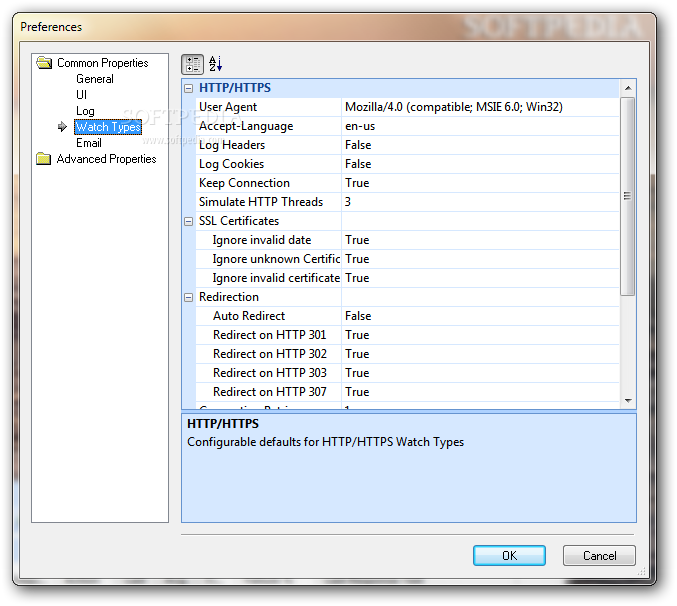
If you are going for a short period of sampling, an hour for instance, you may want to run a couple of different periods of one hour at lesser and greater levels of sampling (2 seconds vs 10 seconds) to ensure that the shorter sample interval is generating additional value for the additional overhead to the system. If you are looking to collect information over a long period of time, 12 hours to more, consider going to a longer term interval.
#Windows server 2008 process monitor archive
In general it would be very helpful to provide an archive section with latest available versions of Sysinternals utilities for various operating systems, including Windows 7, Windows XP, or even back to Windows 98. If we have a particularly long term test, say 24 hours, then adjusting the interval to once in 30 seconds will be enough to spot long term trends in resource utilization. Some utilities with the new updated interface still work also on Windows 7. When engaged in performance testing we rarely go below ten seconds on a host as this will cause the sampling tool to distort the performance of the host. Microsofts Windows Sysinternals provides Process Monitor, a freeware program you can use to troubleshoot permissions issues. Use the same sets of stats and what what happens to the CPU as you adjust the sample rate from once every 30 seconds, to once in 20, then ten, 5 and finally 2 seconds as the interval. You can see this yourself just by running perfmon. The higher your sample rate the higher you will drive the CPU, independent of tool. In either case I would look to your sample window as part of the culprit for the high CPU and not powershell. Process i want to monitor had name 'SomethingServer.

Then you can utilize the builtin service 'Recovery' options to handle failure events (including, I believe, executing a script, sending an snmp trap, sending an email, and, of course, restarting the service).

Hyperic does require an agent to be on the box. Hi everyone, I'm having trouble monitoring a process on Windows Server 2008. What you should do is 'daemonize' the Print Helper process by using sc.exe or srvany.exe (which I believe is depreciated). If you are interested in monitoring individual processor instances, you can do so by enabling the Object Discoveries for Windows Server 2008 Processor or Object Discoveries for Windows Server 2003 Processor objects. By default, the health of the processors is monitored as a total of all instances.

If you go the open source route then you might consider Hyperic. Windows Server 2012, Windows Server 2008, and Windows Server 2003 management packs can monitor individual instances of processors or all instances together. This tool leverages either the perfmon API or the SNMP interface to collect the stats without having to run an additional non-native app on the box.


 0 kommentar(er)
0 kommentar(er)
